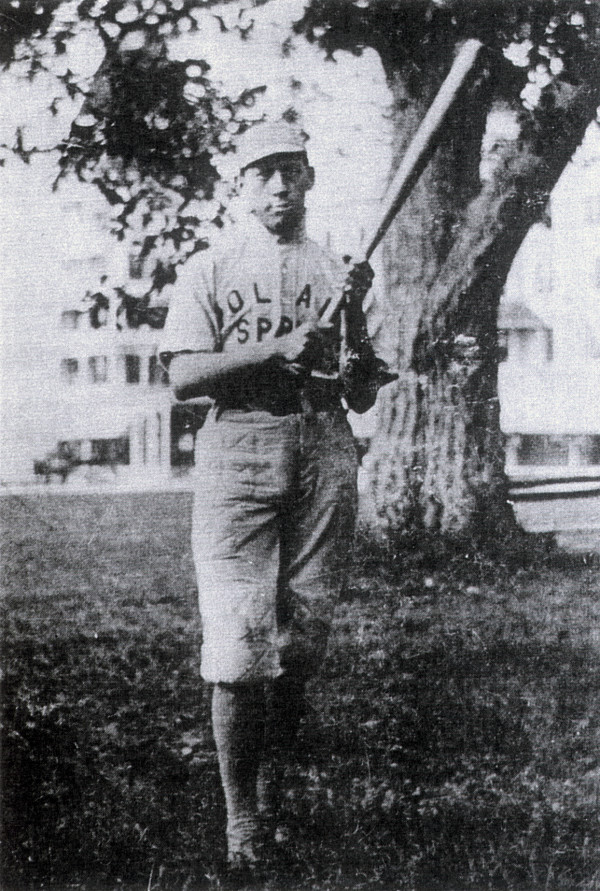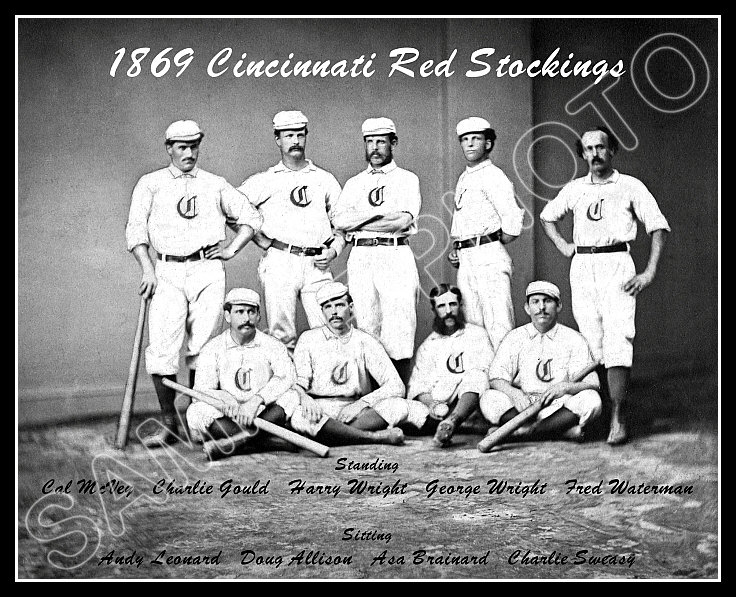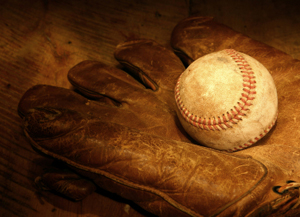Best Baseball Players in the 19th Century
Their legacy remains evident, as many of their accomplishments continue to be celebrated and compared to modern players’ achievements.
Their legacy remains evident, as many of their accomplishments continue to be celebrated and compared to modern players’ achievements.

The origins of baseball are somewhat fuzzy and surrounded by plenty of controversy in the early years. Many games like baseball had the tools of the trade involved in them. the bat, ball and running were all staples of games found in Great Britain and other parts of Europe. Contests like rounders, cricket, stoolball all…

This story begins on October 24, 1871, with the birth of Louis Sockalexis. He was a member of the Penobscot Indian tribe in Maine. He grew to be six feet tall and had a muscular build in which he would use to become a spectacular athlete in his youth. He was the best athlete among…

When Baseball Became a Business Harry Wright knew he could make money by putting a baseball team together. He was a ballplayer himself that once hit seven home runs in a game. He convinced a group of Ohio investors, in 1869, to finance the team and he was named manager. Wright was sure that…

A Look at Baseball History for Feb. 12
What went on This Date in Baseball History